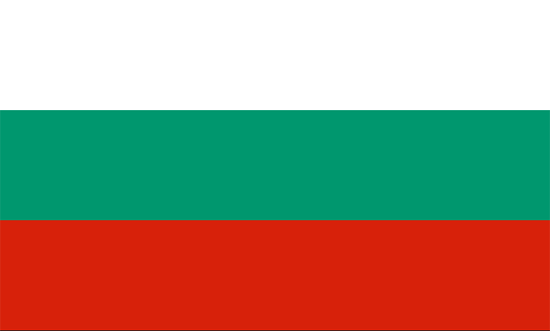Features of the cryptocurrency system
Most people who first encountered the cryptocurrency phenomenon wonder how Bitcoin works. It cannot be said that there is no information on the subject on the Internet, but most of it is of a complex technical nature. Let’s try to popularly explain the essence of the system.
Bitcoin: how did it appear, what is it and what is its value?
Bitcoin is both a digital currency and an electronic payment system through which transactions are made. Today, it, along with the dollar and the euro, is used to pay for purchases through the global web. By the way, the scope of its application is limited exclusively to the Internet, because Bitcoin has no material embodiment. One of its defining characteristics is decentralization, that is, between the owner of the currency and the monetary units themselves, there are no intermediaries. Whereas to use traditional means of payment, you need to open an account with a bank or EPS. In the future, this structure will dictate to the user the terms of the transaction, and charge a significant commission for the provision of services. In the Bitcoin system, no one has the right to “freeze” an account or suspend a payment, as bankers often practice.
Bitcoins are issued by network participants using special equipment for this purpose. Its extraction involves solving complex arithmetic problems. Thus, the value of a cryptocurrency is not built on binding to precious metals or the authority of the emission structure, but on the laws of mathematics. They cannot be changed by decision of the regulator or government. The algorithm of the system is in the public domain and anyone can personally verify the principles of its operation.
The creator of Bitcoin was a brilliant programmer who hides under the pseudonym Satoshi Nakamoto. He published an article in which he spoke about the prospects of an electronic payment system based on the laws of mathematics. The rate of appearance of new coins is predetermined by the algorithm. Moreover, this value decreases exactly by half every four years. The last coin will be mined around 2140. The maximum number of Bitcoins reaches 21 million. Compared to the number of traditional monetary units, this value is negligible. But each coin is divided into one hundred million pieces, named "Satoshi" in honor of the Bitcoin developer.
Features of the first cryptocurrency
Bitcoin has certain characteristics and features that fundamentally distinguish it from traditional currencies:
- It is decentralized. In other words, the system does not have a regulatory center, and the network consists of many computers around the world whose capacities are used to mine coins.
- Availability. Bitcoins, unlike fiat money, are very simple to use. It is enough to install the appropriate client and create a new address. This process takes no more than five minutes. Whereas issuing a bank account or EPS is a rather time-consuming procedure with many bureaucratic formalities.
- Anonymity. The Bitcoin address has no relation to the user"s personal data.
- Publicity. All network participants have access to the blockchain, that is, the history of completed transactions. But no one can establish the ownership of a particular wallet, unless the user himself discloses this data.
- A small commission. An international transfer made through a bank, as they say, “will cost a pretty penny.” And in the Bitcoin network you need to pay a symbolic amount, just a few cents.
- Efficiency Just a few minutes after the transfer, data about it is available to network members.
- Irrevocability of payment. User cannot cancel transfer. The only exceptions are cases if the recipient agrees to return them to the sender.
Thus, today the operation of the Bitcoin system has numerous advantages both over traditional monetary units and over other types of cryptocurrencies.

 Русский
Русский  English
English  中文
中文  Eesti
Eesti  Español
Español  Deutsch
Deutsch  Български
Български  Türkçe
Türkçe 

 USDT SOL
USDT SOL  Dai (DAI)
Dai (DAI)  Toncoin
Toncoin  Solana
Solana  Dash
Dash  MATIC
MATIC  yearn finance (YFI)
yearn finance (YFI)  Maker (MKR)
Maker (MKR)  Ravencoin (RVN)
Ravencoin (RVN)  Uniswap (UNI)
Uniswap (UNI)  SHIBA INU (SHIB)
SHIBA INU (SHIB)  WBTC ERC20
WBTC ERC20  USD Coin ERC20
USD Coin ERC20  SBP
SBP  Visa/MasterCard RUB
Visa/MasterCard RUB  Gazprombank
Gazprombank  Russian Standard
Russian Standard  Promsvyazbank
Promsvyazbank  Home Credit Bank
Home Credit Bank